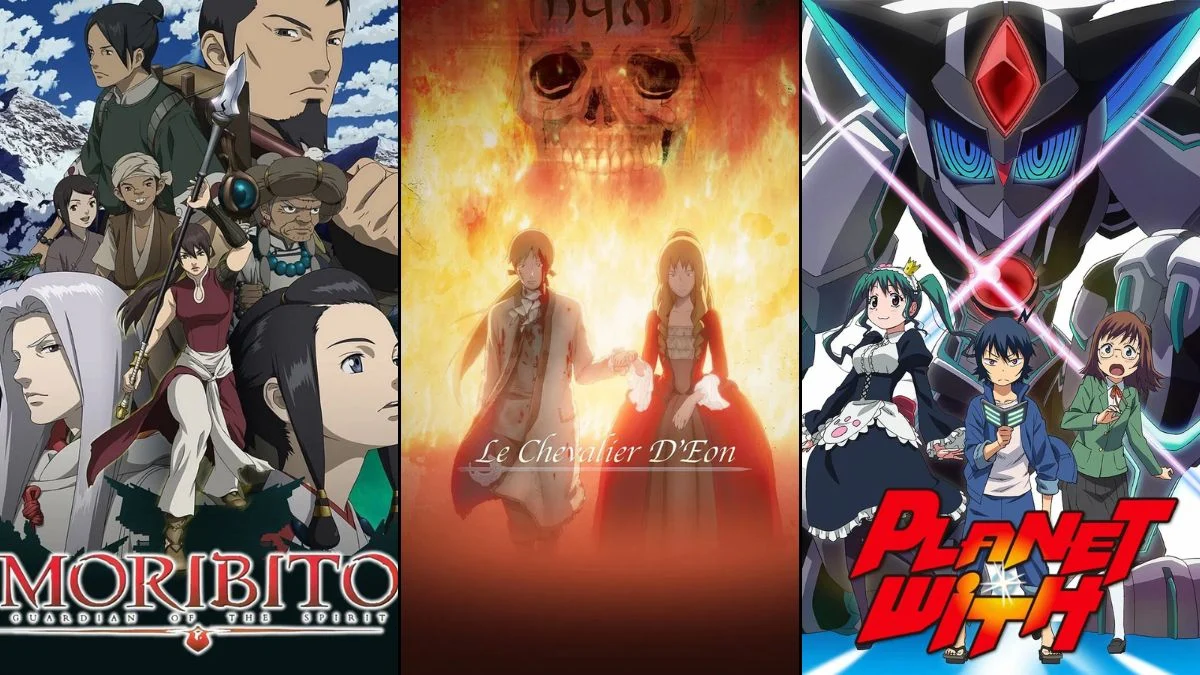
It’s easy to overlook amazing shows that don’t get a lot of attention, especially those with unique worlds and high-quality production. This list highlights series that really stand out thanks to their strong concepts, careful development, and talented creators. You’ll discover original stories, well-made adaptations of books, and gentle, character-driven shows that are worth investing your time in.
Every show listing provides essential details to help you choose what to watch. You’ll find information like the number of episodes, the production studio, directors involved, the original story it’s based on, and where and when it first aired. Each show title is in single quotes, with the years it originally broadcast included at the top for easy checking.
‘Kaiba’ (2008)
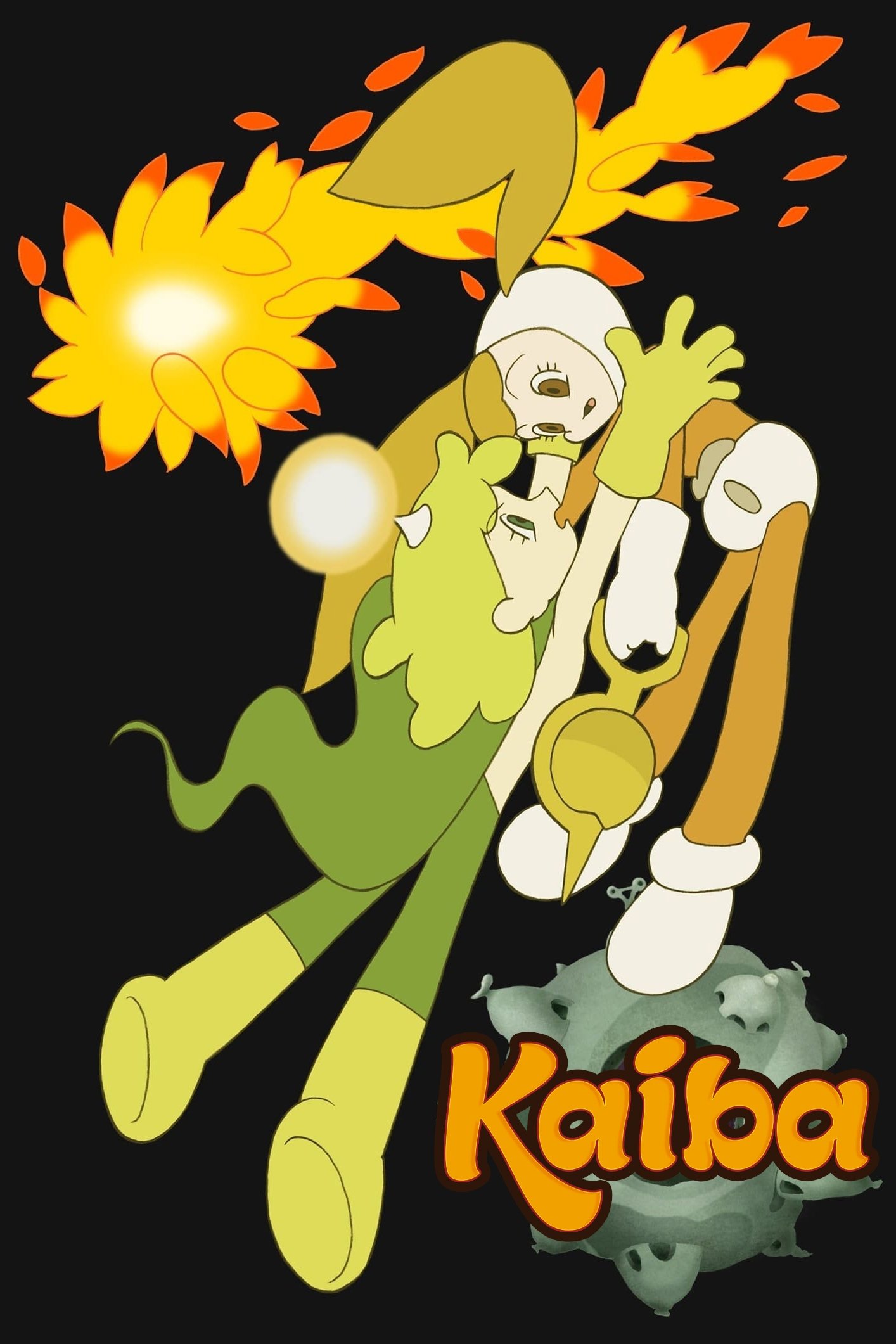
This 12-episode animated series, created by Madhouse and directed by Masaaki Yuasa, is set in a futuristic world where people can save their memories and even switch bodies. The story centers on a character who wakes up with no memory and travels through different worlds to find out who they are. It originally aired on WOWOW in Japan.
Takashi Kojima created the character designs, and Masaaki Yuasa and Michiru Shimada handled the series’ overall structure. The animation style is simple but impactful, using strong shapes and colors to tell the story effectively.
‘Den-noh Coil’ (2007)
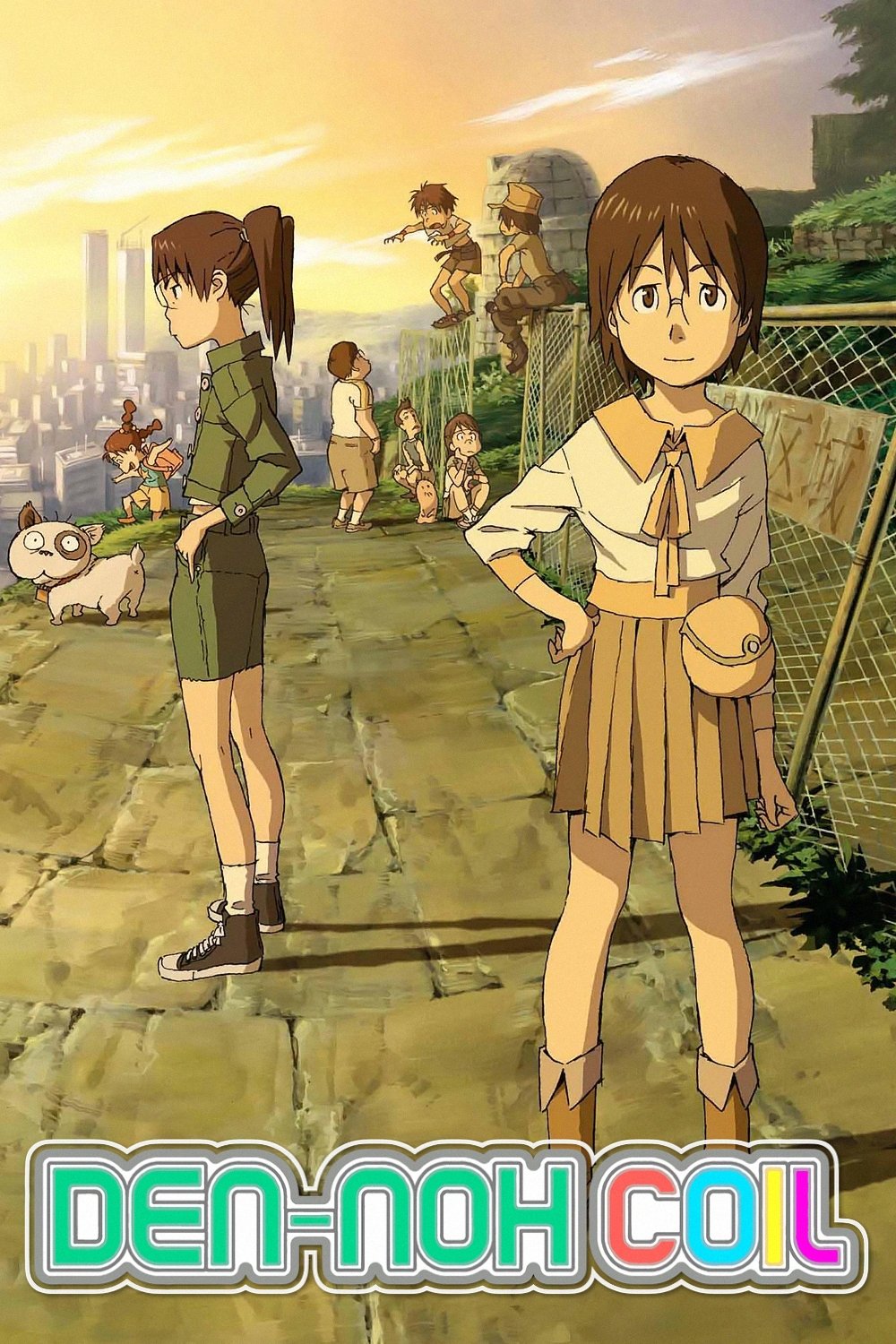
This 26-part animated series, directed by Mitsuo Iso and created by Madhouse, is set in a futuristic city where technology blends with reality. The story centers around children who use augmented reality glasses, and it originally aired on NHK Educational TV in Japan.
This show features a richly imagined world centered around virtual pets and online myths. It received an award at the Japan Media Arts Festival and is praised for its detailed artwork and realistic technology.
‘Moribito: Guardian of the Spirit’ (2007)
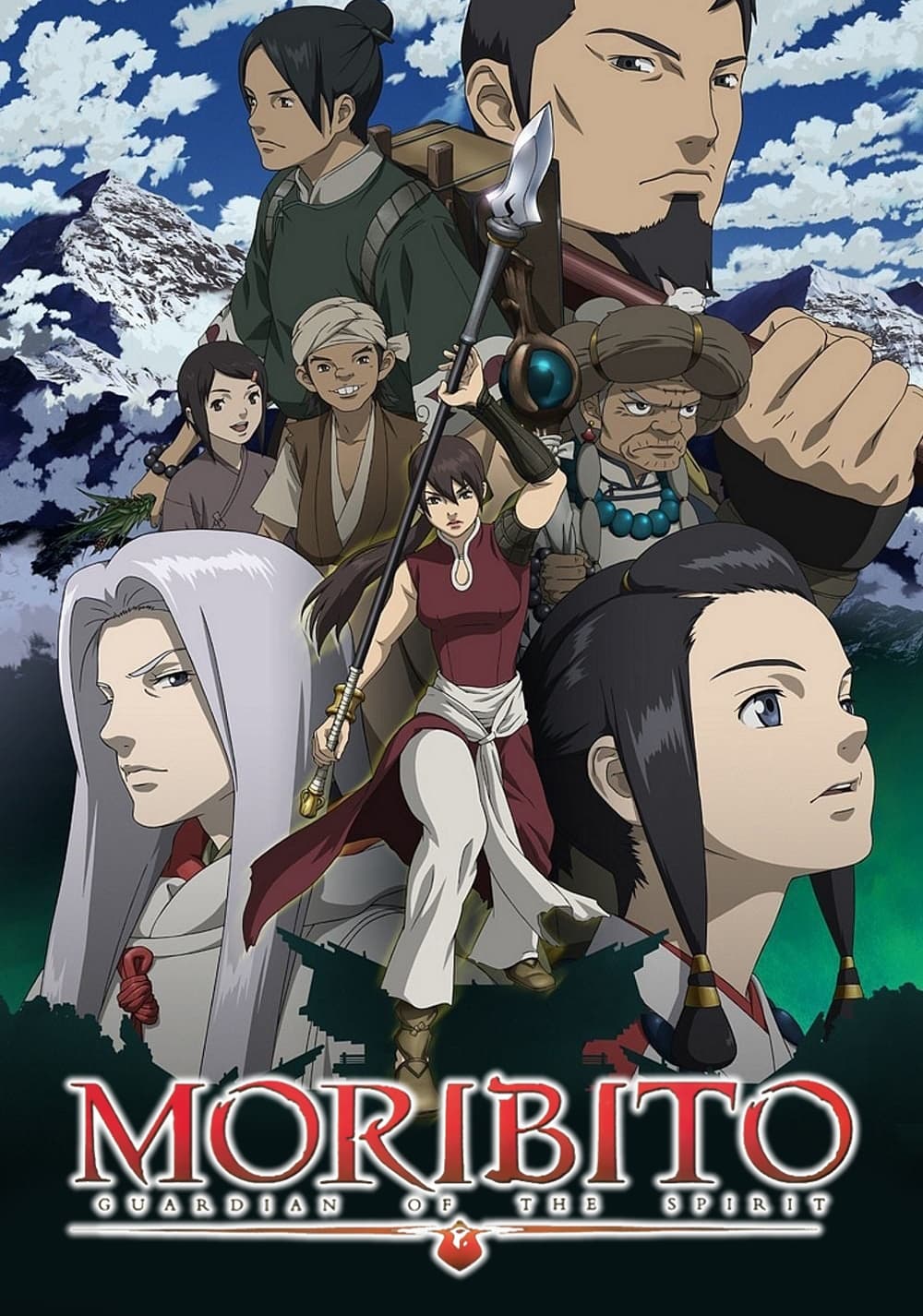
Production I.G has created a 26-episode anime series based on Nahoko Uehashi’s novel, directed by Kenji Kamiyama. The story centers on Balsa, a skilled bodyguard tasked with protecting a young prince who is in danger due to both political intrigue and ancient, mystical forces. The series originally aired on NHK.
The adaptation carefully recreates the book’s culture with authentic costumes and weapons, and accurately portrays the complexities of the royal court. Yoko Kanno composed the music, and the action sequences are well-choreographed, making it easy to follow what each character is trying to achieve.
‘Planet With’ (2018)
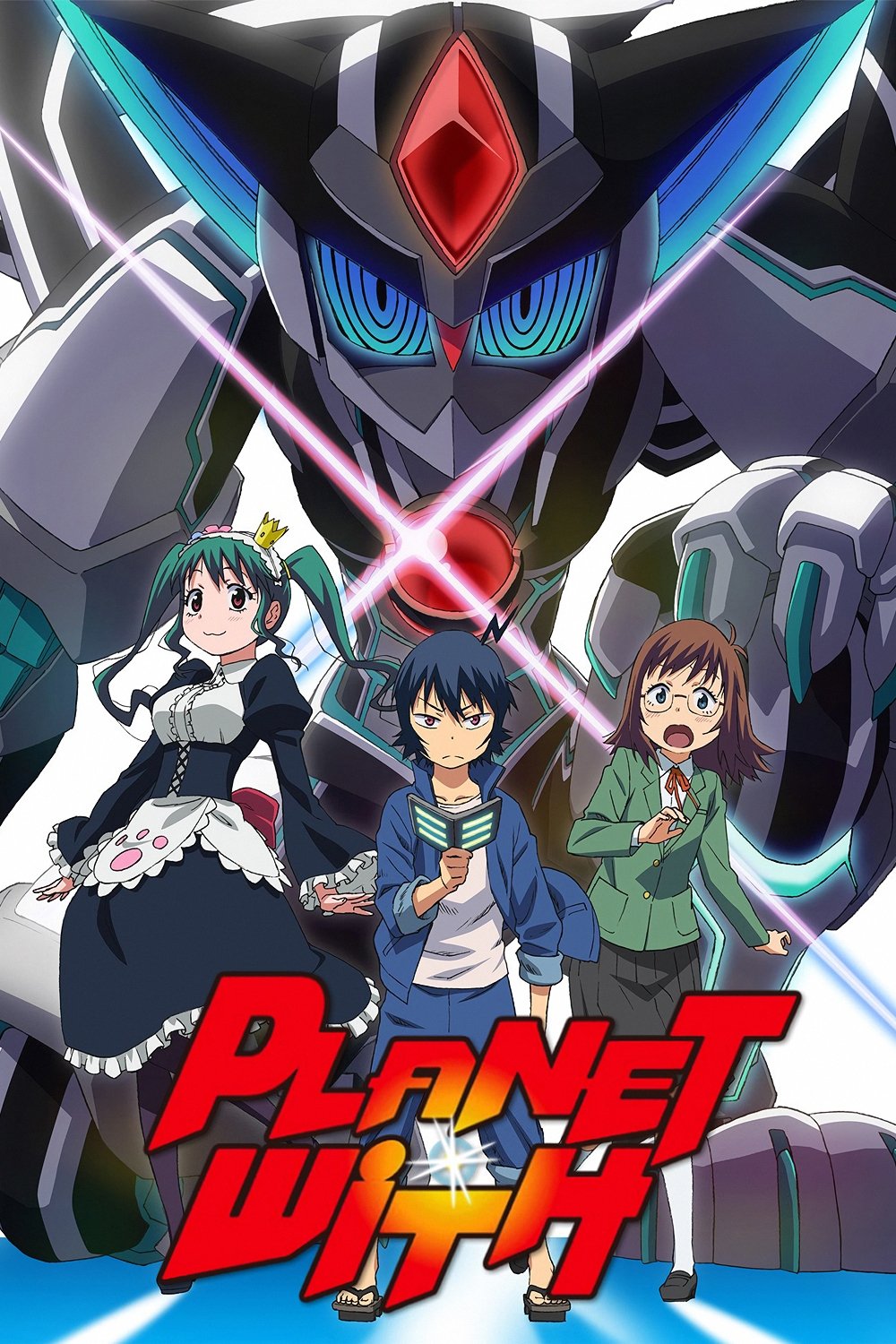
This original anime series, created by Satoshi Mizukami and produced by J.C.STAFF, consists of 12 episodes. Because the anime and manga were developed simultaneously, the entire story arc is presented within the season. It broadcast on multiple Japanese TV channels and was later released for home viewing.
The story features mechanical designs and imaginative creatures, all set against a backdrop of a conflict involving students from a small town who have been drafted into defense forces. Youhei Suzuki directed the production, and Kouhei Tanaka composed the music, which enhances both the action-packed battle sequences and the more peaceful moments.
‘House of Five Leaves’ (2010)

Directed by Tomomi Mochizuki, this 12-episode anime series is based on Natsume Ono’s manga. It tells the story of a shy samurai who gets caught up with a group of kidnappers in historical Japan, during the Edo period. The show originally aired as part of the Noitamina programming block in Japan.
The animation style stays true to the original manga’s unique lines and gentle rhythm. Backgrounds, like teahouses and alleyways, are consistently designed, making it easy to track characters as they move between scenes.
‘Shiki’ (2010)
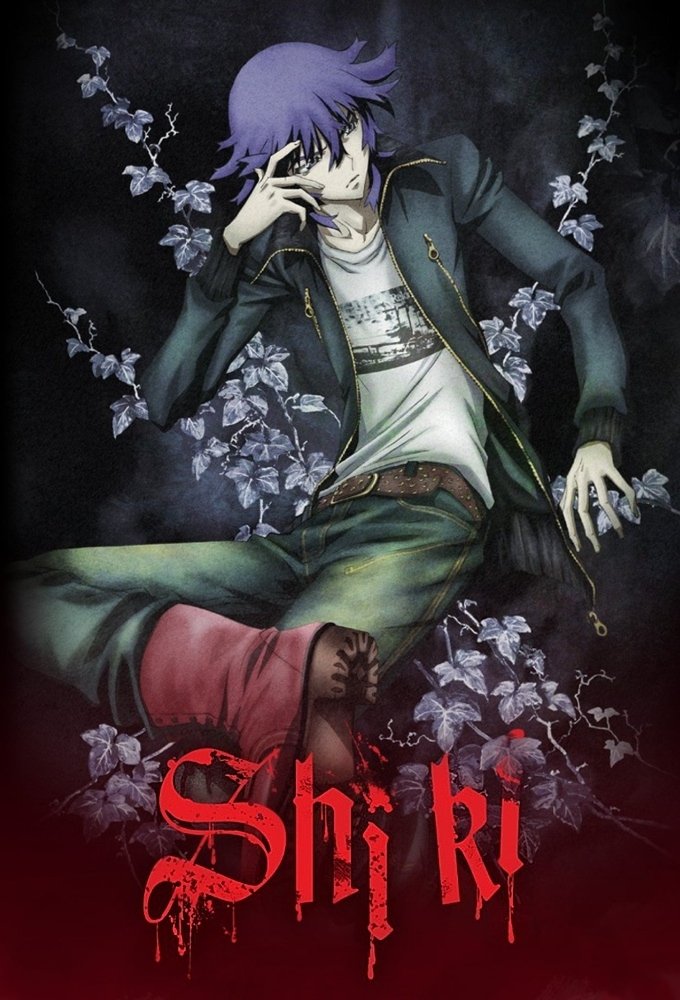
Studio Daume created a 22-episode anime series, plus two extra episodes, based on Fuyumi Ono’s novel. The story centers on mysterious deaths in a countryside village and the efforts to solve them. It originally aired on Japanese TV during the summer.
This adaptation blends medical records and local history with traditional stories. The characters are visually inspired by the manga artwork of Ryu Fujisaki, and Yasuharu Takanashi’s music effectively emphasizes the story’s move from personal family issues to a larger community-wide problem.
‘Ergo Proxy’ (2006)
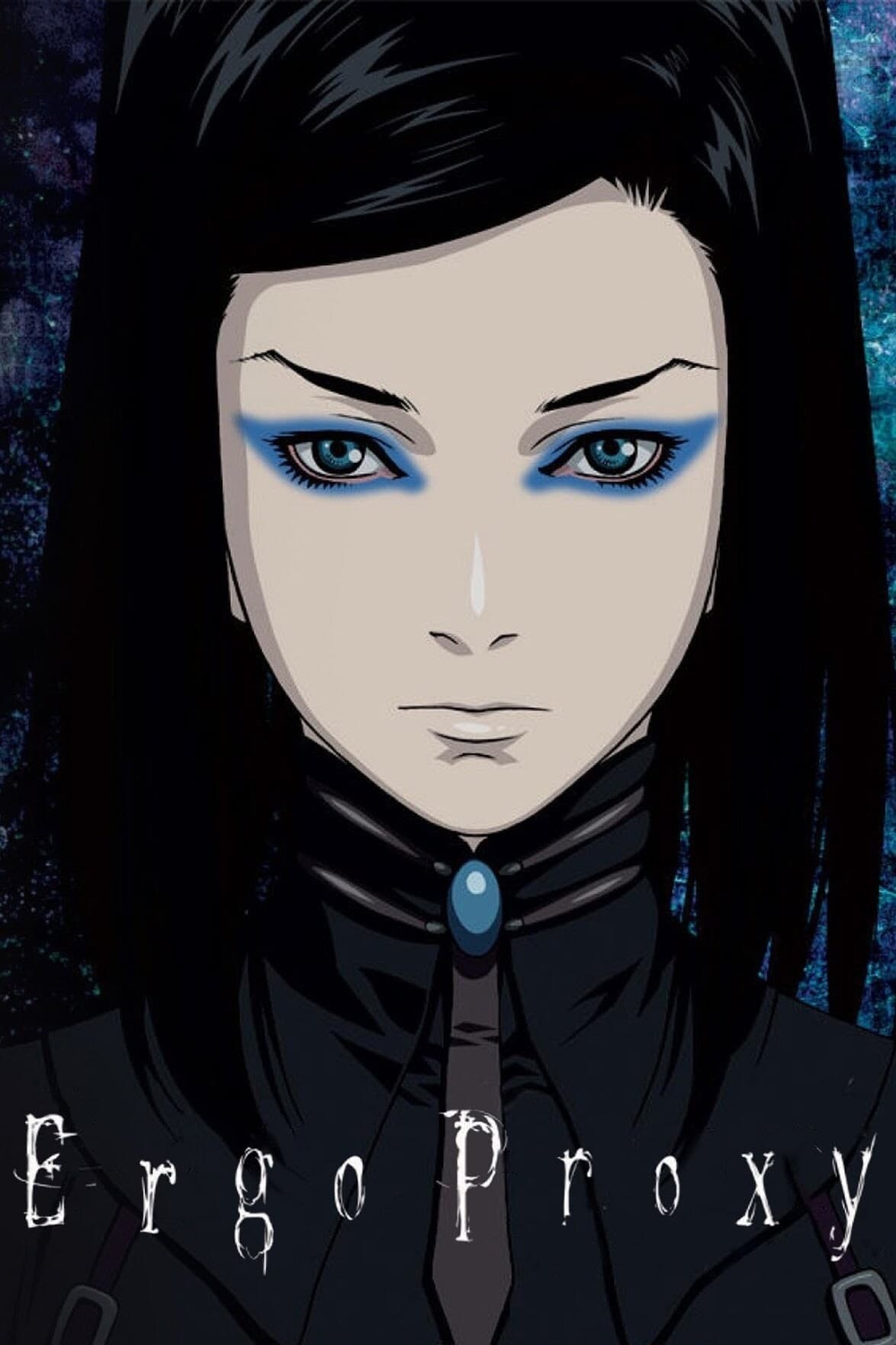
Manglobe created a 23-episode series directed by Shukou Murase, with Dai Sato leading the writing. The story takes place in cities covered by domes and run by intelligent AI, and centers around an investigation into a series of connected events that threaten the established order. It originally aired on the WOWOW network.
The show uses both traditional hand-drawn animation and digital tools to create its visuals of factories and barren landscapes. The character designs, created by Naoyuki Onda, and concept art by Range Murata, ensure a consistent and detailed style, especially in how characters look and what they wear.
‘Texhnolyze’ (2003)
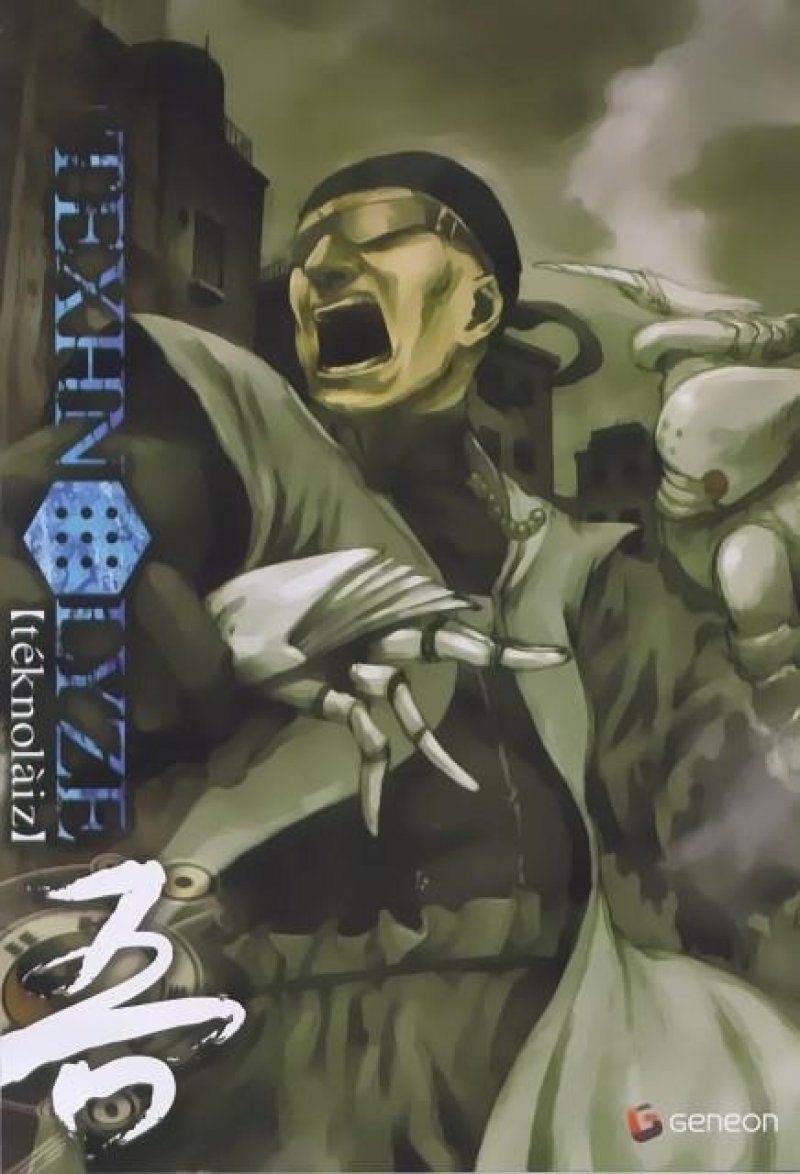
Madhouse created the 22-episode anime series, directed by Hiroshi Hamasaki and with a story crafted by Chiaki J Konaka. The story centers on a fighter who loses their arms and legs and gets cybernetic replacements, all set against the backdrop of a power struggle between groups vying for control of an underground city. It originally aired on Japanese television before becoming available internationally.
Yoshitoshi ABe designed the characters, and the visuals feature realistic buildings and shadowy lighting to fit the story’s atmosphere. The show relies on extended shots and very little conversation, meaning the sound and camera angles are crucial for conveying important details.
‘Kyousougiga’ (2013)
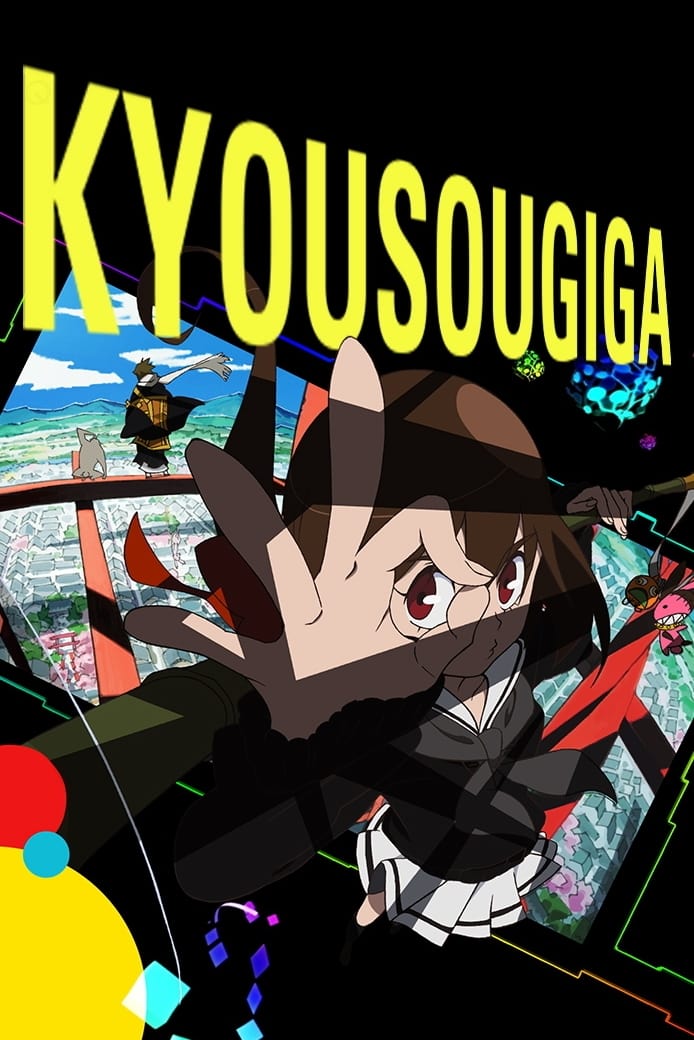
The TV series from Toei Animation has 10 episodes, plus bonus content, and was directed by Rie Matsumoto. It started as a series of short online videos, and the TV show expands on the story of a girl who discovers a city built by an artist and a monk. The series aired on Japanese television with a special episode that sets the stage for the story.
The show blends contemporary Kyoto settings with traditional Japanese folklore, and uses distinct color schemes to help viewers follow different storylines. Naoki Tate oversaw the animation, and Go Shiina composed the music, which effectively signals transitions between family moments and action sequences.
‘Planetes’ (2003–2004)
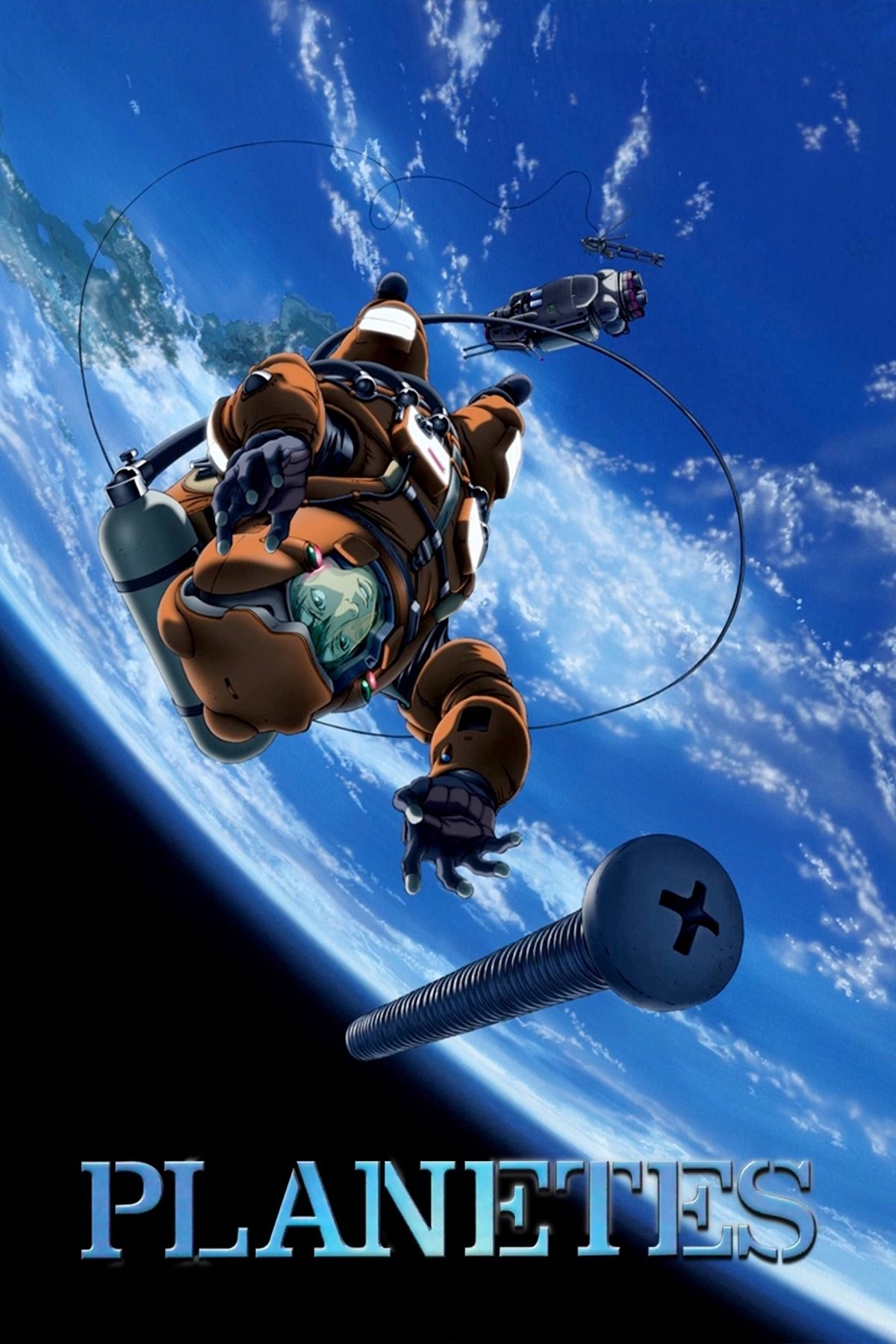
The 26-episode anime series Sunrise is based on Makoto Yukimura’s manga and directed by Gorou Taniguchi. It’s about a team that clears debris from Earth’s orbit and explores the challenges of keeping space travel safe. The show originally aired on NHK BS2.
As a big fan, I’ve been following the way they’re building out the details of the world – everything from how the tech works to the characters’ missions. They’ve got these really helpful checklists and mission summaries to keep track of it all. What I especially love is how they’ve reshaped the story arcs to feel like a progressive training system, and they keep bringing back familiar faces to show us how everything behind the scenes is managed – it really makes the whole thing feel more real and connected.
‘Now and Then, Here and There’ (1999–2000)
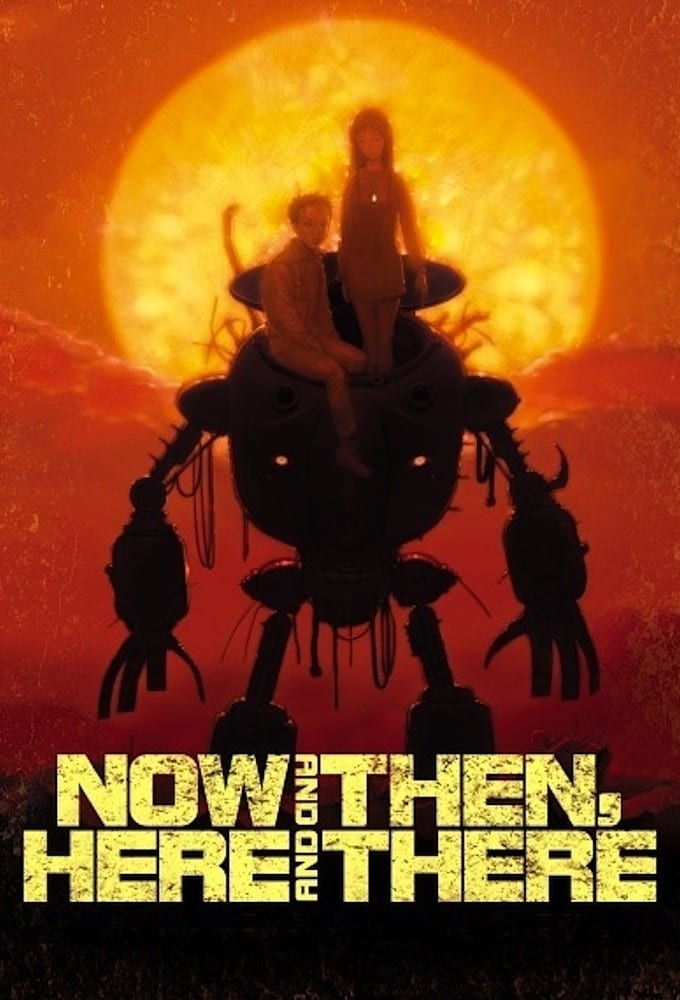
AIC created a 13-episode series directed by Akitaro Daichi. It tells the story of a boy transported to a different world, focusing on a heavily fortified base and its struggle with a lack of water. The show originally aired on WOWOW and was later released for home viewing.
The show carefully establishes the setting by repeatedly showing the fortress and its surroundings, ensuring viewers always know where things are happening. Character movements and how they use their gear emphasize the physical toll of the long-lasting war.
‘Le Chevalier D’Eon’ (2006–2007)
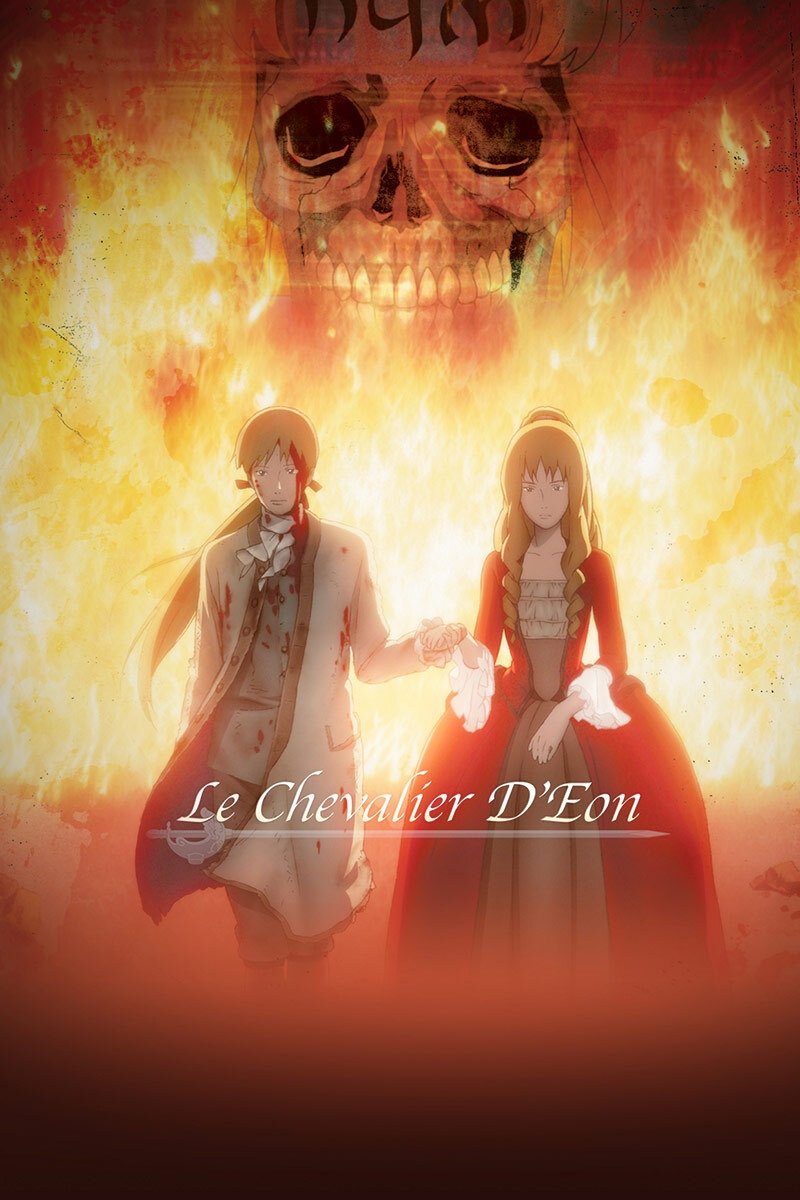
Production I.G created this 24-episode series, directed by Kazuhiro Furuhashi, based on ideas by Tow Ubukata. It’s a story about a French diplomat and spy in the time of King Louis the Fifteenth, who is investigating a series of mysterious deaths linked by secret codes. The show originally aired on the WOWOW network.
Evidence from historical sources, like staff uniforms and records of court ceremonies found in artwork, helps piece together the story. The narrative shifts between journeys for diplomatic purposes and exciting action sequences, while also tracking important partnerships and correspondence that move the plot forward.
‘The Eccentric Family’ (2013–2017)
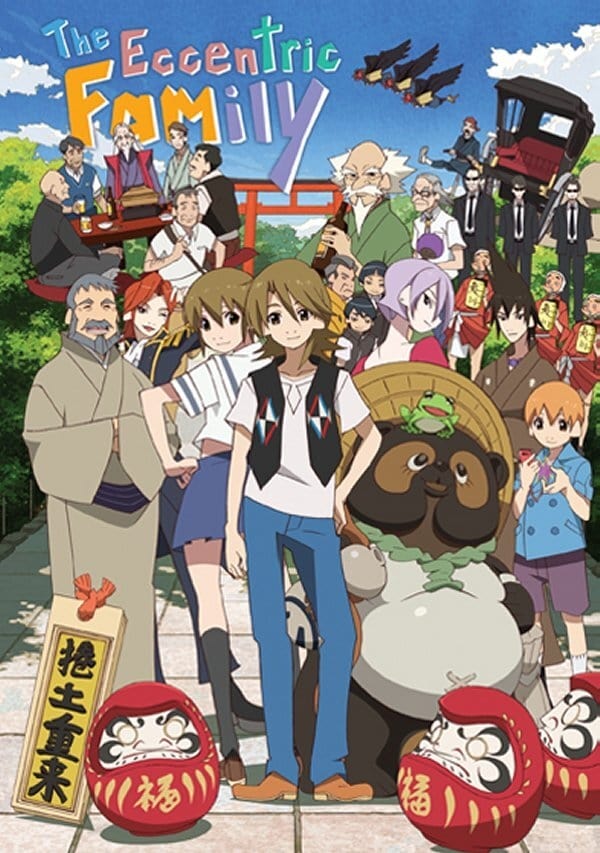
P.A. Works created an anime adaptation of Tomihiko Morimi’s novel, with Masayuki Yoshihara directing both seasons. It’s set in modern-day Kyoto, where mythical creatures like tanuki and tengu coexist with humans, and follows several families as they deal with local customs and power struggles. The series was released in two parts.
The story stays true to the specific locations and seasons of Kyoto to create a realistic sense of time. We follow the connections between characters using family records and a favorite restaurant where important meetings and happy occasions take place.
‘Hakumei and Mikochi’ (2018)
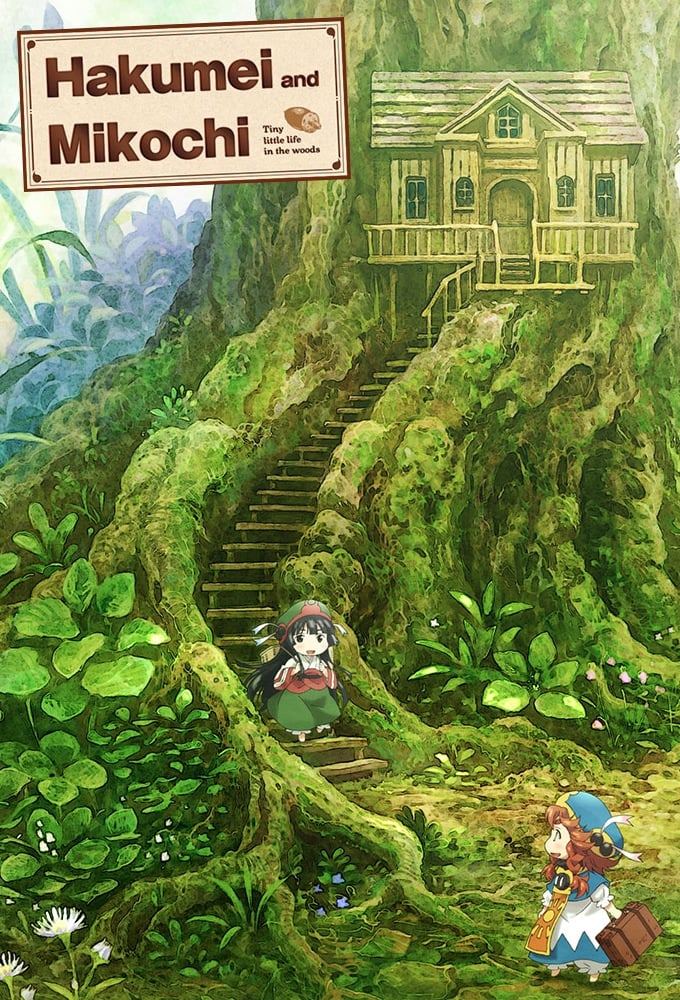
Lerche studio created a 12-episode anime series, directed by Masaomi Ando, based on Takuto Kashiki’s manga. The story centers around two small characters who live in a forest town alongside merchants and visitors. It aired on Japanese TV and was also released with bonus content for home viewing.
As a movie fan, I really noticed how they played with size in this production. They made everything – the tools, the pots and pans – seem huge compared to the actors, which was a cool effect. And the backgrounds weren’t just random scenery; they were filled with details about local shops and roads, hinting at all sorts of stories about people’s jobs and journeys. It felt like a fully realized world, and it definitely added to the experience.
‘Xam’d: Lost Memories’ (2008–2009)
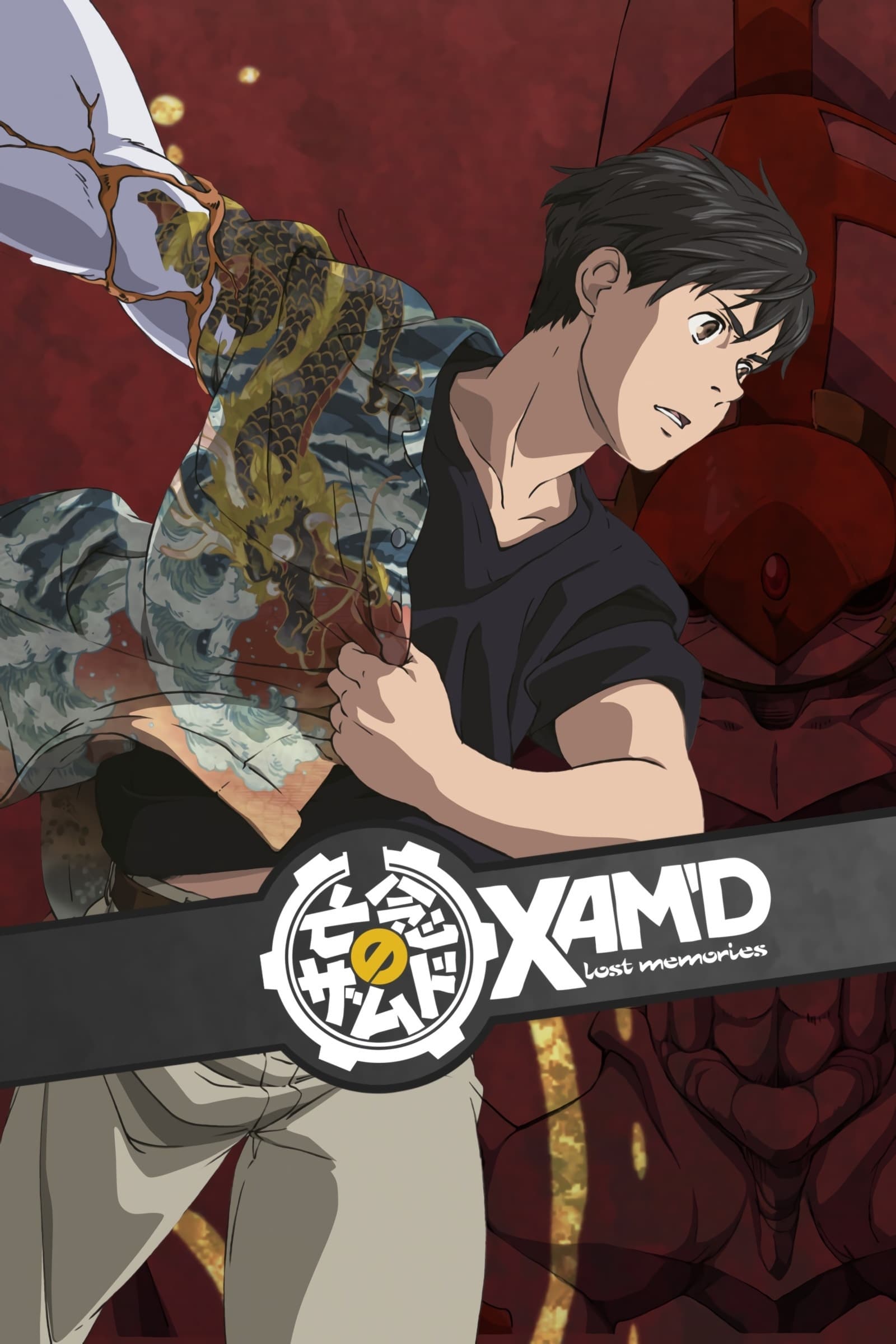
The animation studio Bones created 26 episodes of the series, all directed by Masayuki Miyaji. It initially launched online in North America through the PlayStation Network, and later broadcast on TV in Japan. The story centers around a student who develops strange abilities following an event on a faraway island.
The game’s creatures are designed around a blend of biotechnology and military technology, all sharing a similar visual style. Michiru Oshima’s music enhances both peaceful village scenes and exciting aerial combat. Because the game was released digitally early on, the credits include audio dubs in several languages.
‘Princess Principal’ (2017)
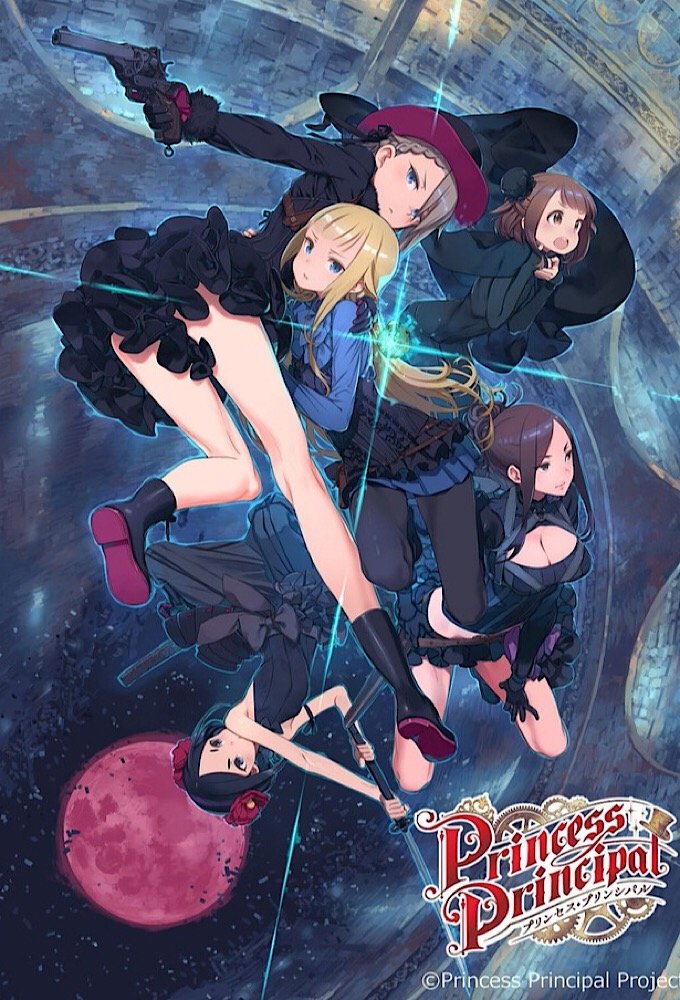
The anime series, created by studios 3Hz and Actas and directed by Masaki Tachibana, consists of 12 episodes. It’s set in a city split into factions and follows a team of high school students who secretly work as spies, completing missions involving sneaking into places and rescuing people. The show originally aired in Japan and has since been expanded with a follow-up movie.
Each mission in the series is self-contained, offering clear goals and tools that operate under unique, fictional scientific principles. Players take on different roles – like drivers, scouts, and those skilled in disguise – and the team’s makeup changes depending on what each mission demands.
‘Children of the Whales’ (2017)
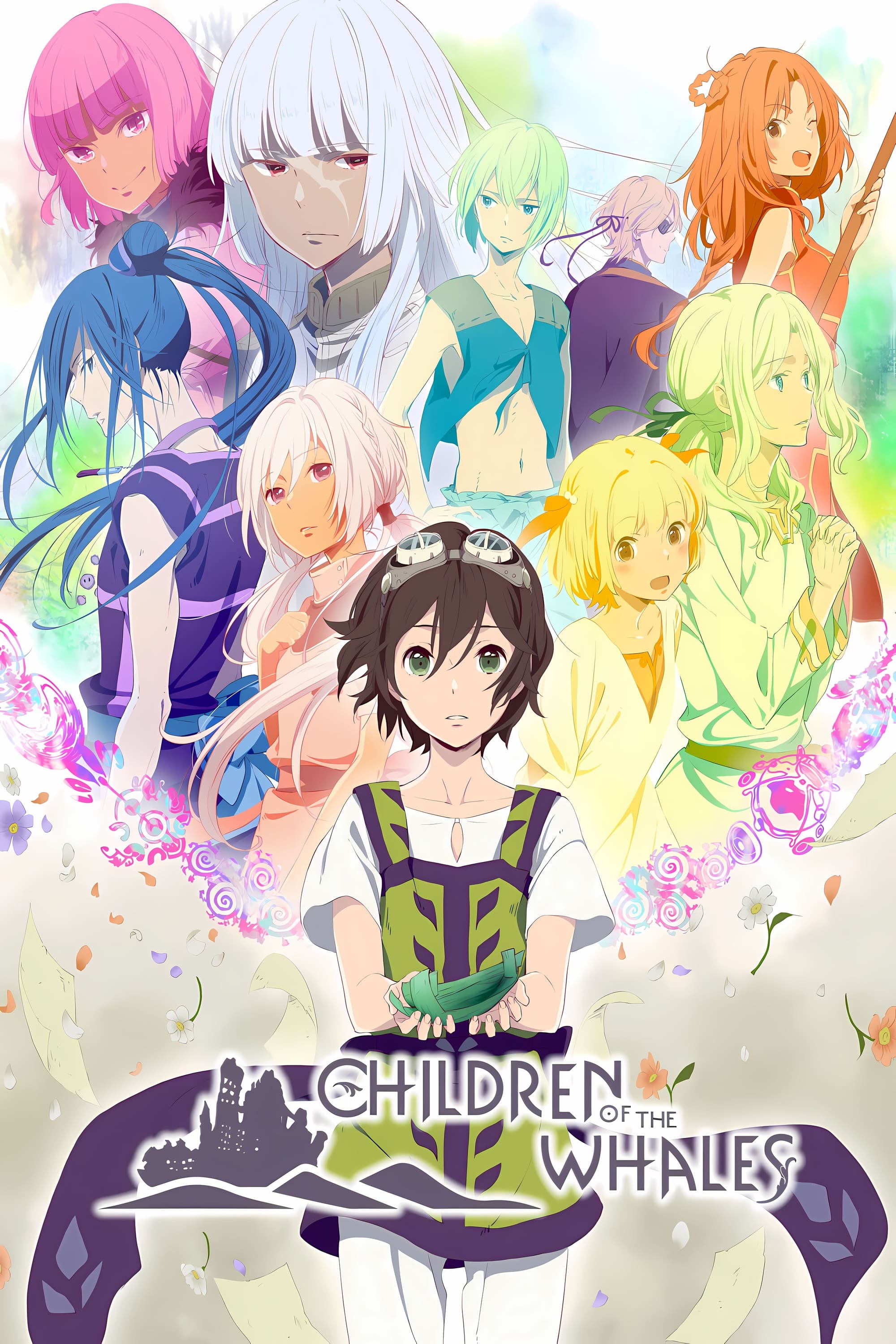
Based on Abi Umeda’s manga, the 12-episode series is directed by Kyohei Ishiguro. It tells the story of a community living on a floating island that travels across a desert of sand, carefully documenting everything that happens. After airing in Japan, the show became available to viewers around the world.
The design of the records includes artistic lettering, and the magic system has realistic limitations impacting everyday work and healthcare. The series maintains the manga’s beautiful, detailed art style with textured backgrounds and gentle lighting.
‘Kemonozume’ (2006)
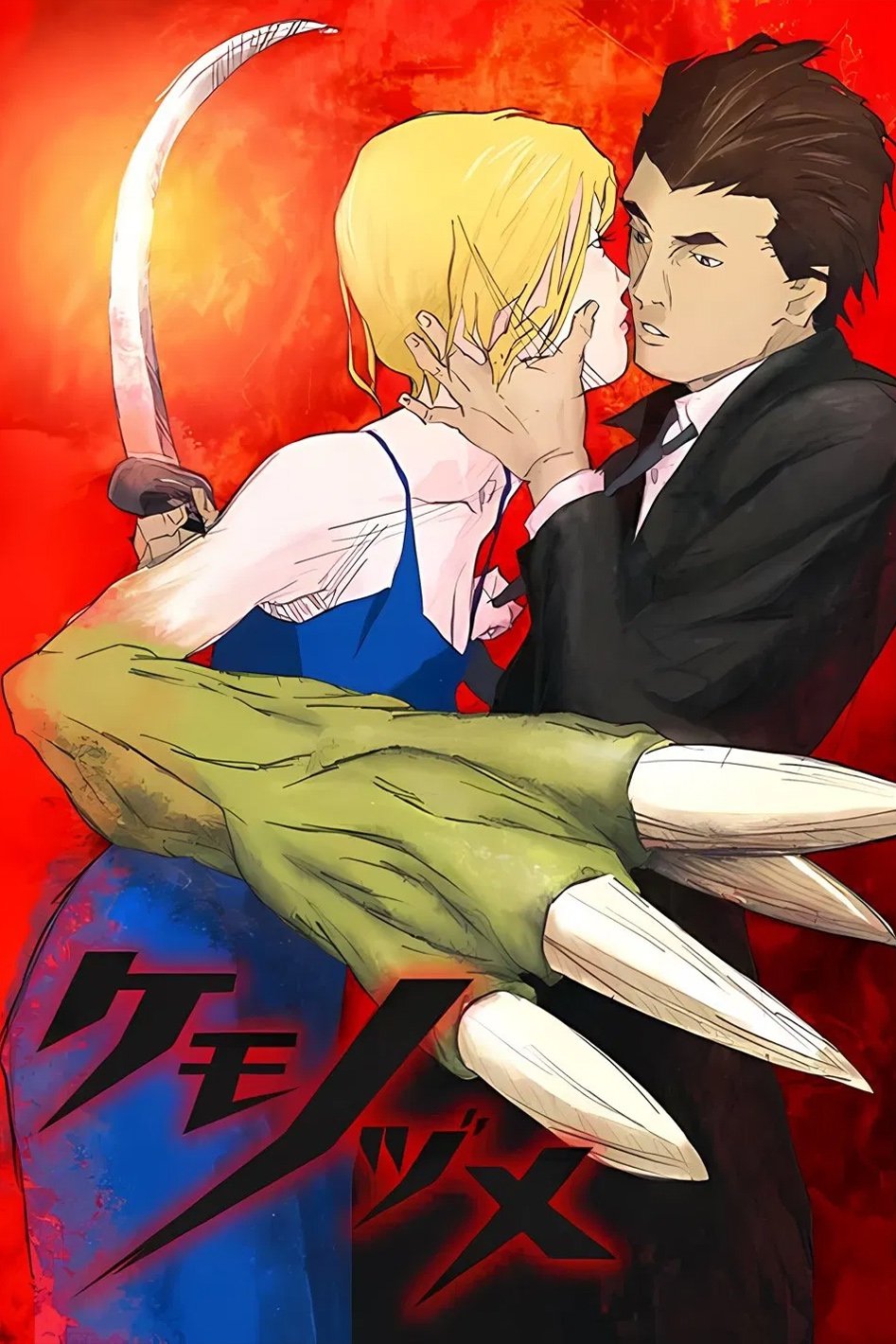
Madhouse created a 13-episode anime series directed by Masaaki Yuasa. The story centers around a monster hunter and a creature who eats human flesh, and their unlikely connection amidst a larger war between different groups. The show was known for its unique and experimental animation style when it aired in Japan.
The film combines both live-action footage and hand-drawn animation to give the motion a unique, layered look. Action sequences are filmed with expansive shots that clearly show where everyone is, and the editing focuses on making the chases and fights feel impactful and connected.
‘Sarazanmai’ (2019)
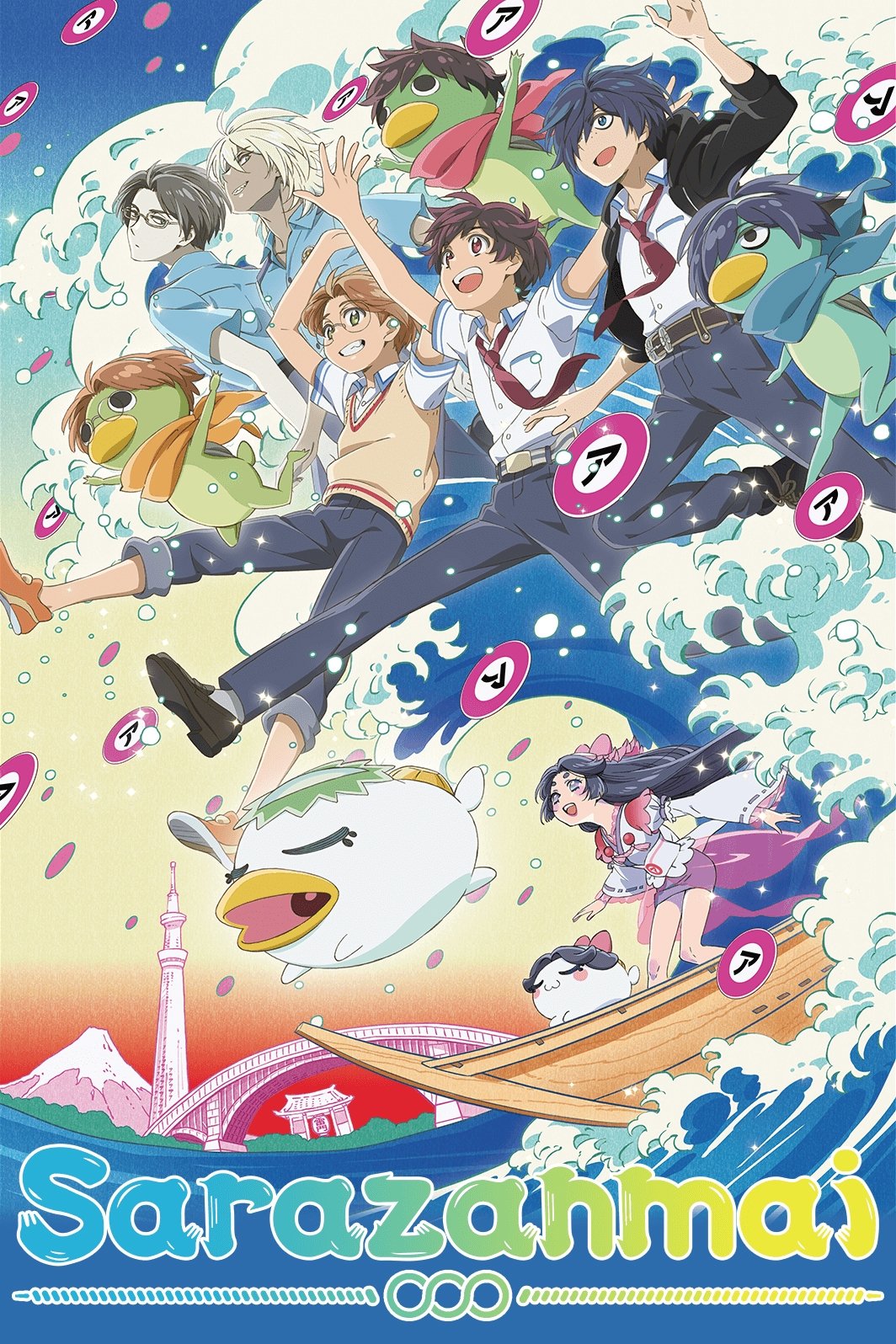
This original anime series, with 11 episodes, is directed by Kunihiko Ikuhara and produced by MAPPA and Lapin Track. It centers around a group of middle school students in Asakusa who meet creatures from myth and work together to solve mysteries happening throughout the city. The show first aired on Fuji TV and is now available for streaming.
The show frequently returns to shots of the Skytree and bridges along the river, helping viewers easily recognize the setting. Songs and transformation scenes are designed with matching visuals and back-and-forth lyrics, connecting the story’s problems to a central theme in each episode.
‘The Beast Player Erin’ (2009)
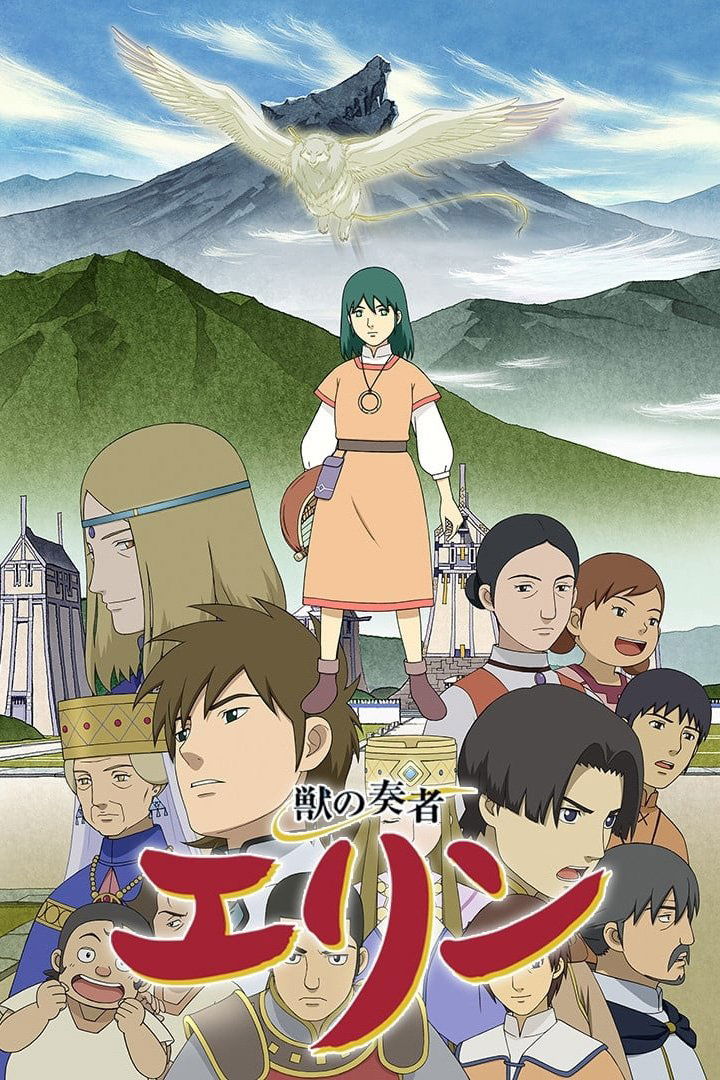
I’m so excited about *Kemono no Souja Erin*! It’s a 50-episode anime based on Nahoko Uehashi’s books, and Takayuki Hamana directed it. Production I.G and Trans Arts teamed up to create it, and it originally aired on NHK. The story is really interesting – it’s about a girl who learns how to care for animals, but it gets mixed up with what the country needs for its army. It’s a really unique blend of things!
This series teaches about the biology and care of large creatures, combining classroom learning with hands-on experience. It also details the political system, showing how councils and military roles function, and includes maps to follow journeys across different areas.
Share your own overlooked favorites in the comments so everyone can find their next watch.
Read More
- Gold Rate Forecast
- Bitcoin’s Ballet: Will the Bull Pirouette or Stumble? 💃🐂
- SentinelOne’s Sisyphean Siege: A Study in Cybersecurity Hubris
- LINK’s Tumble: A Tale of Woe, Wraiths, and Wrapped Assets 🌉💸
- Dogecoin’s Big Yawn: Musk’s X Money Launch Leaves Market Unimpressed 🐕💸
- Binance’s $5M Bounty: Snitch or Be Scammed! 😈💰
- Can the Stock Market Defy Logic and Achieve a Third Consecutive 20% Gain?
- Ethereum’s $3K Tango: Whales, Wails, and Wallet Woes 😱💸
- Navitas: A Director’s Exit and the Market’s Musing
- VUG vs. VOOG: A Kafkaesque Dilemma in Growth ETFs
2025-10-11 22:48